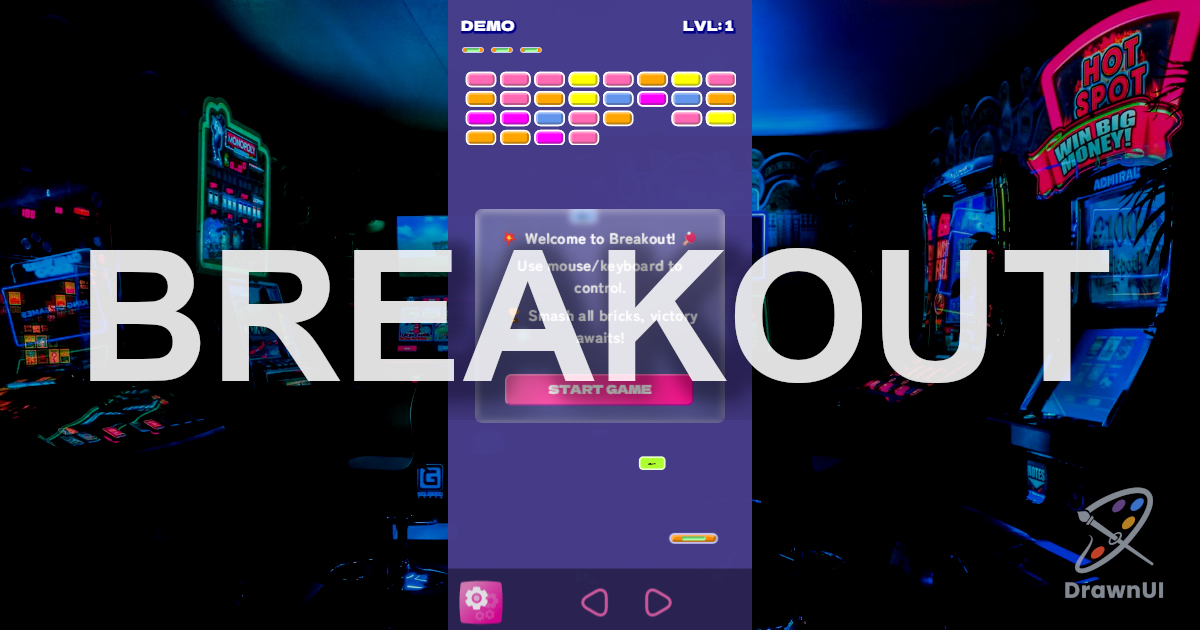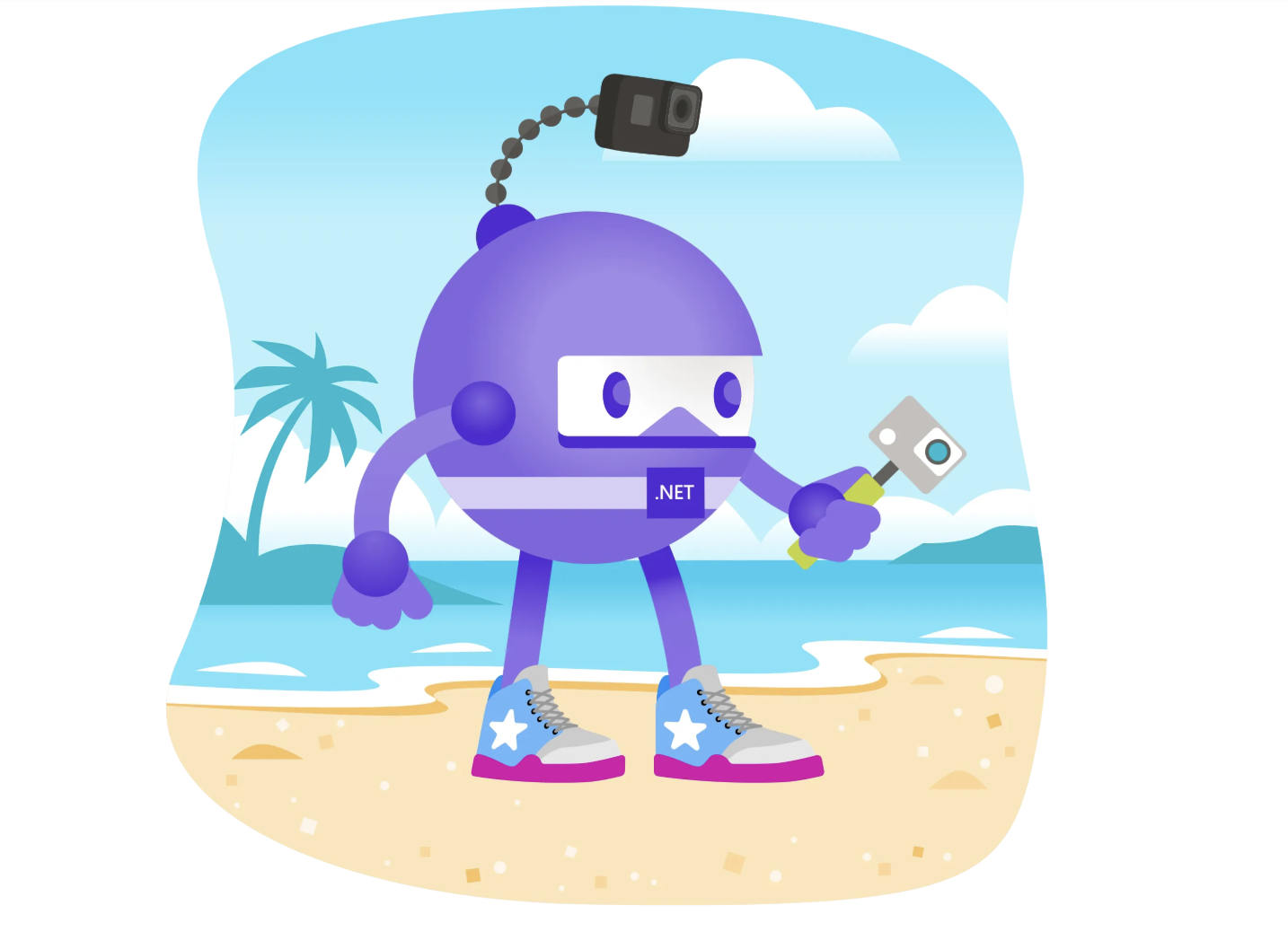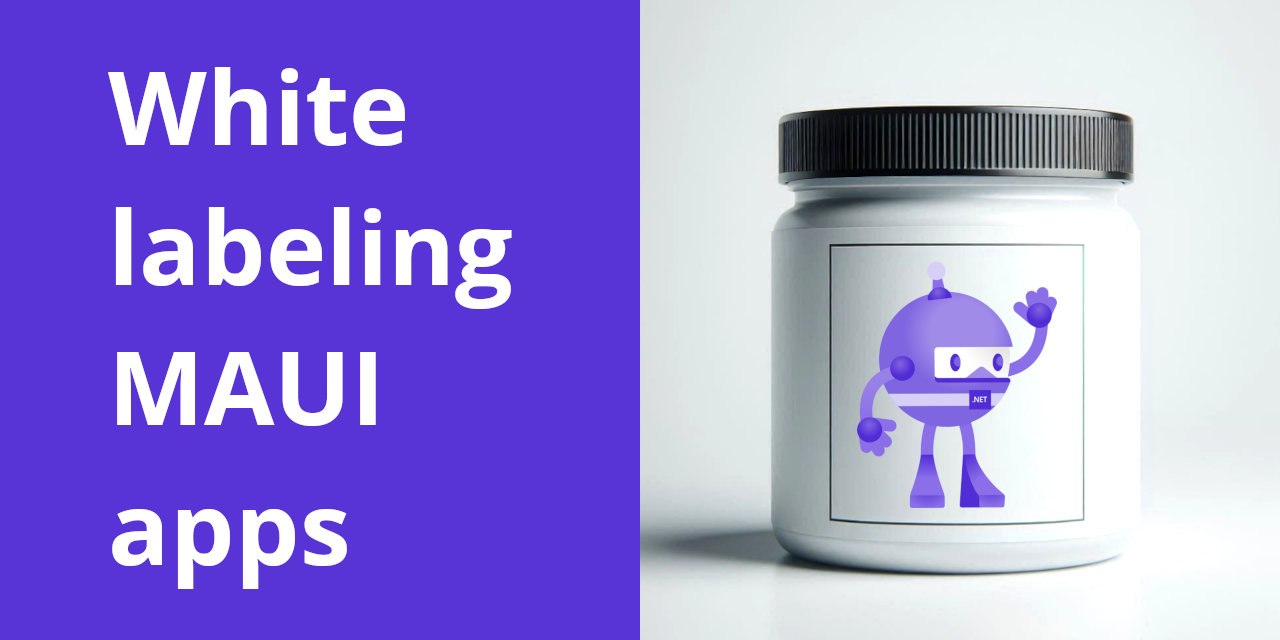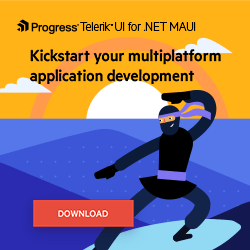Sands of MAUI: Issue #195

Welcome to the Sands of MAUI—newsletter-style issues dedicated to bringing together the latest .NET MAUI content relevant to developers.
A particle of sand—tiny and innocuous. But put a lot of sand particles together and we have something big—a force to reckon with. It is the smallest grains of sand that often add up to form massive beaches, dunes and deserts.
.NET developers are excited with the reality of .NET Multi-platform App UI (.NET MAUI)—the evolution of modern .NET cross-platform developer technology stack. With stable tooling and a rich ecosystem, .NET MAUI empowers developers to build native cross-platform apps for mobile/desktop from single shared codebase, while inviting web technologies in the mix.
While it may take a long flight to reach the sands of MAUI island, developer excitement around .NET MAUI is quite palpable with all the created content. Like the grains of sand, every piece of news/article/documentation/video/tutorial/livestream contributes toward developer experiences in .NET MAUI and we grow a community/ecosystem willing to learn and help.
Sands of MAUI is a humble attempt to collect all the .NET MAUI awesomeness in one place. Here’s what is noteworthy for the week of July 28, 2025:
PS: Sands of MAUI is starting to be a bit more of a community-owned newsletter—say hello to this week’s author Shaun Lawrence.
Breakout: Building a Cross-Platform Game in .NET MAUI with DrawnUI and Hot Preview
.NET MAUI is well known for building feature-rich business applications, but is it well known for building good-looking and performant games? Nick Kovalsky is on a mission to break the boundaries of what is possible in .NET MAUI. In his entry for MAUI UI July 2025, he shows us how to create the popular Breakout Game.
Nick doesn’t just introduce us to gaming concepts—he has built a full game including audio, great graphics, power-up mechanics, localization and even multiple ways to control it through touch, keyboard and even external game controllers. This is an excellent example of what can be achieved with .NET MAUI.
As part of this article, Nick teamed up with Bret Johnson to provide us with a buy-one-get-one free offer on content ...

Hot Preview: View and Update Your App’s Pages/Controls in Isolation
.NET MAUI provides developers with the ability to build applications that run on several platforms. This can be both a blessing and curse. With more platforms supported, it can be more difficult and time-consuming to test and verify that they all behave as expected. Bret Johnson has been working on a new developer tool named Hot Preview.
Bret has taken inspiration from other tooling/concepts (e.g., stories in Storybook for JavaScript and Previews in SwiftUI/Xcode and Jetpack Compose/Android Studio) to provide .NET UI developers with a way to easily work on pages and controls in your app in isolation, making UI development and testing faster and more efficient for both humans and AI agents. This new tool provides some excellent benefits:
- Jump directly to specific UI pages without navigating through multiple app screens, dramatically reducing development time and eliminating repetitive manual testing workflows.
- Quickly visualize UI components with different data inputs and states, providing responsive and robust interfaces across all scenarios. Test edge cases, empty states, loading states and error conditions without complex setup.
- Navigate to different screens in your UI and view them on multiple platforms side by side, enabling instant cross-platform comparison and consistency validation.
Turn Any Phone into an IP Camera in 30 Minutes Using .NET MAUI
.NET MAUI provides a wide range of both platform and platform version support, this makes it possible to build applications that target those old devices. The .NET MAUI Community Toolkit provides the CameraView, which enables developers to interact with cameras connected to a device running a .NET MAUI application. Vladislav Antonyuk is a maintainer of the .NET MAUI Community Toolkit and uses this knowledge to show you—turn any phone into an IP camera in 30 minutes using .NET MAUI.
Vlad takes you through building an application, implementing platform specific features where needed to provide a .NET MAUI application capable of recording video through two separate approaches and including advanced features such as night mode detection and support for multiple concurrent connections.

TriloBot.NET—RC Vehicle based on a Pi, .NET and MAUI
.NET and .NET MAUI are both cross-platform frameworks. This makes it possible for a .NET developer to write applications supporting mobile devices, websites and servers, desktop machines and also low-powered IoT devices. In his article, Tobias Scholze does just that: TriloBot.NET—RC Vehicle based on a Pi, .NET and MAUI.
Tobias has created an open-source library to make it for other developers to build their own TriloBot and control it through the power of .NET. Part of this repository provides a .NET MAUI application that can act as the controller for the bot and, through the use of SignalR, send live updates to the bot in real time. If you are like me, you will have a Raspberry Pi sitting on a shelf somewhere collecting dust. Tobias has given us an excuse to dust it off and start building something fun!

White Labeling .NET MAUI Apps
A common approach modern companies follow when building multiple applications is to not just share the code but also the application structure, architecture and even design. They then sell this application to multiple customers and allow them to provide their own branding. This is a concept called white lLabeling. In his article, Julian Ewers-Peters explains how this approach can be applied to a .NET MAUI application—White Labeling .NET MAUI Apps.
Julian takes us through the steps to configure a .NET MAUI application by making use of compiler directives, manage resources such as fonts and styles, and also compile in different behavior for each of the applications.

That’s it for now.
We’ll see you next week with more awesome content relevant to .NET MAUI.
Cheers, developers!

Shaun Lawrence
Shaun is an avid gamer, learner and experimenter. These combined with a profession in software development make for some really fun journeys. Father to two amazing children and many, many unfinished side projects, Shaun is a Microsoft MVP, speaker and published author.

